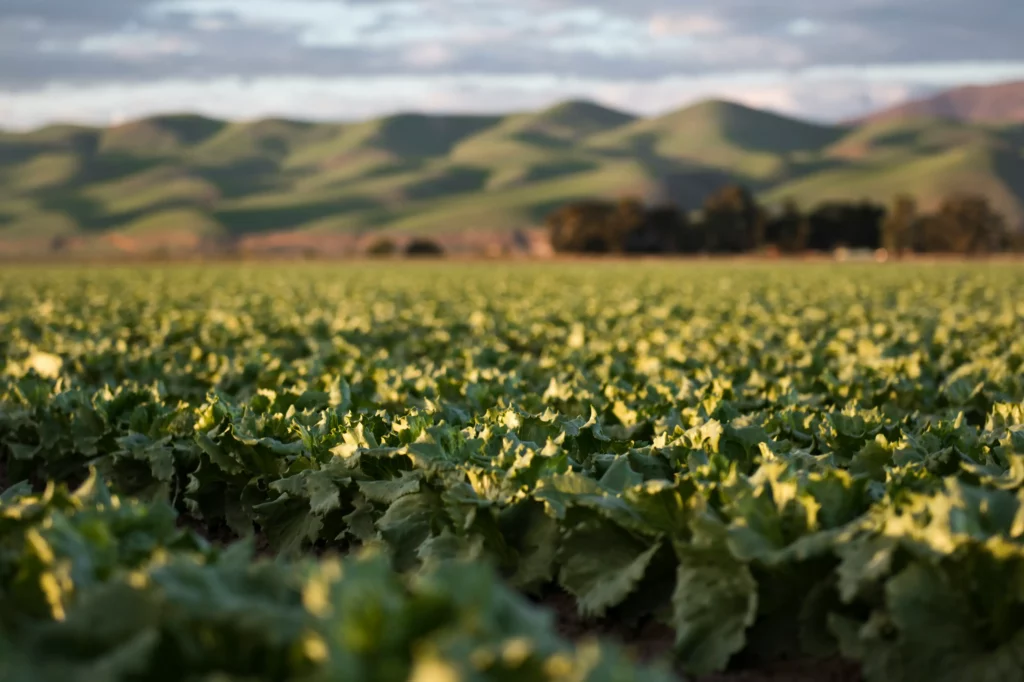
In the ever-evolving world of agriculture, the year 2024 continues to drive a significant shift towards sustainable practices. As the global population grows and the climate crisis deepens, the agricultural industry is under increasing pressure to adopt methods that are not only efficient but also environmentally friendly. In this article, we delve into the 7 sustainable agriculture trends of 2024, we’ll see how these trends can change agricultural farming practices while promising a healthier, more resilient future for our planet and its inhabitants.
Precision Agriculture
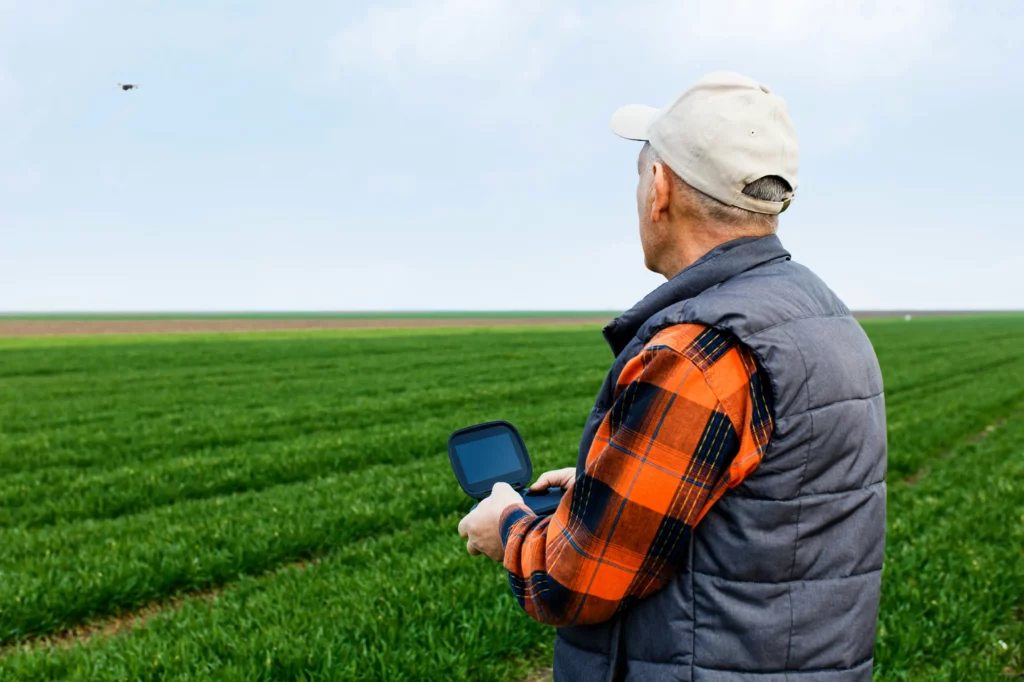
Advancements in technology are significantly transforming agriculture trends 2024, with precision farming at the forefront. Farmers are now equipped with precision agriculture technologies such as drones, advanced sensors, and AI-driven algorithms. These innovations enable them to keep a close eye on crop health, analyse soil conditions, and manage water usage with precision. This data-centric precision farming promotes the efficient use of resources, thereby minimising waste and lessening the environmental footprint. Precision agriculture reshapes the agricultural industry to be more productive, sustainable, and cost-effective.
Regenerative Agriculture
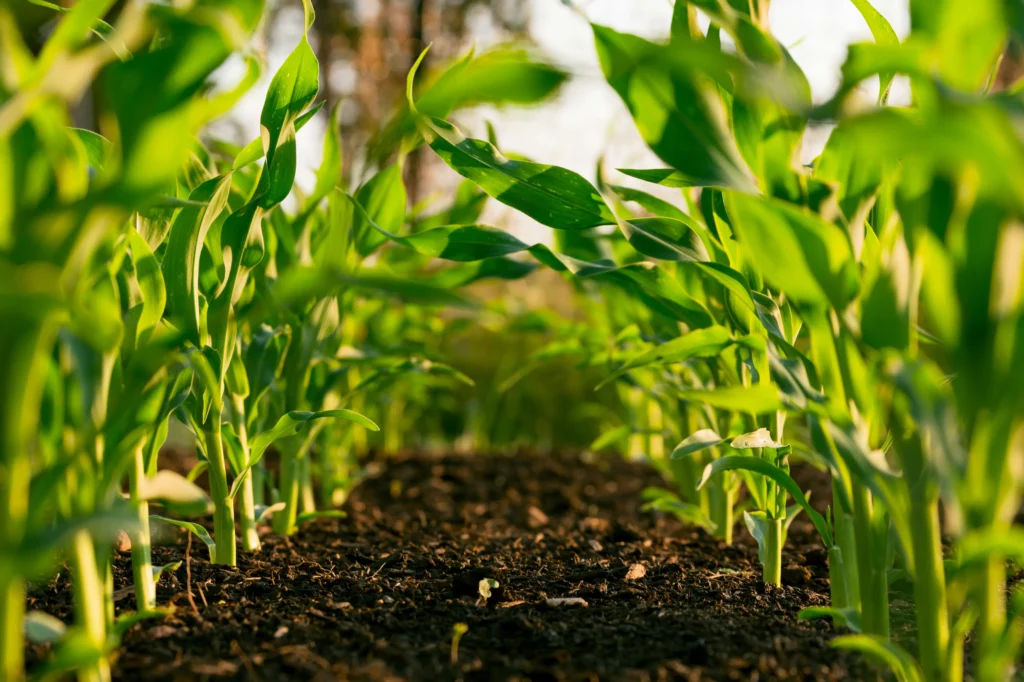
One of the standout trends in the agriculture industry of the year is regenerative agriculture. Regenerative agriculture merely preserves our soil and ecosystems while rejuvenating and renewing them. At the core of regenerative agriculture are practices like crop rotation, implementing no-till farming methods, and utilising natural fertilisers. This focus on the health of the soil doesn’t just boost the yield and quality of crops; it also plays a significant role in capturing carbon, thus making a substantial contribution to combating climate change.
Urban Farming

Urban farming can bridge the gap between city life and agriculture. From rooftop gardens to hydroponic systems in repurposed buildings, urban farming creates a vital connection between city residents and the origins of their food. This agriculture development encompasses rooftop gardens and hydroponic systems in creatively repurposed urban spaces. This trend is as much about community building and education as it is about producing food, offering a green oasis in the concrete jungle and a fresh perspective on what it means to be locally grown.
Agricultural Robotics
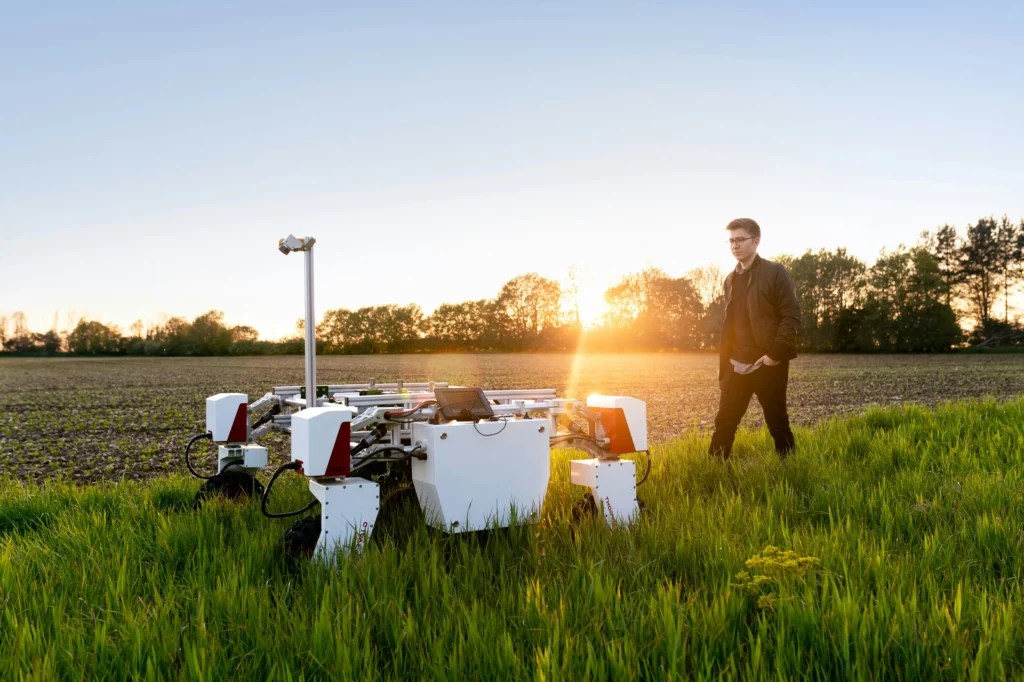
Farming is getting a high-tech helper with agricultural robotics. They’re giving farmers a big hand, doing the tough work so farmers can spend more time managing their farms and looking after the environment. These help in cutting down waste, using resources wisely. Bringing robots into farming isn’t just about using cool tech; it’s a big step towards farming that’s better for the future, more productive, and future-focused farming practice.
Renewable Energy in Agriculture
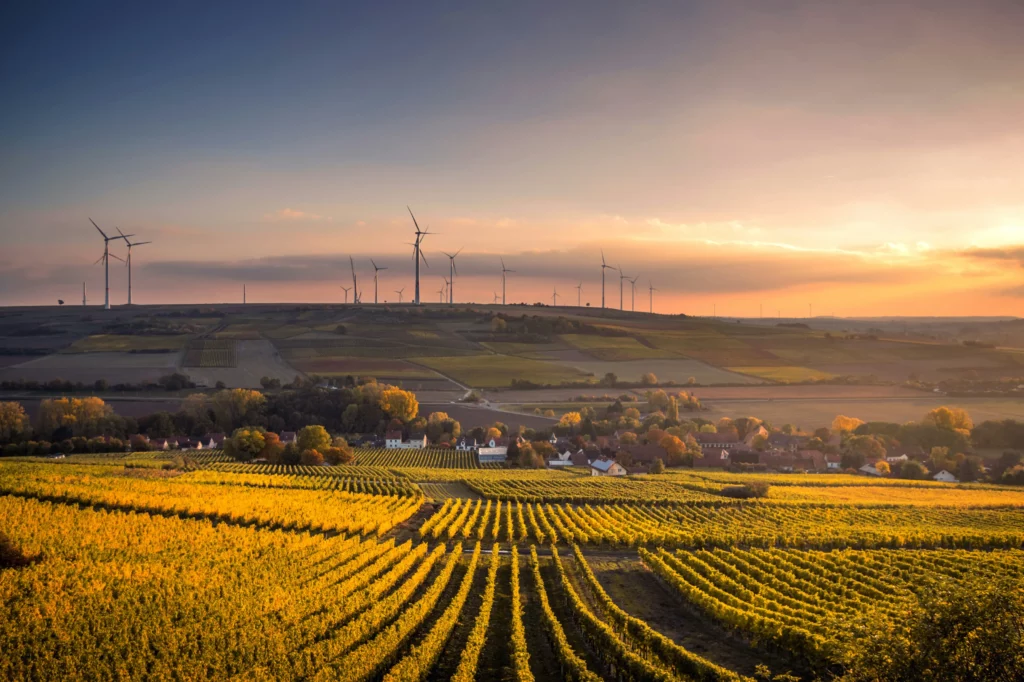
The fields of agriculture are not just about sowing seeds and harvesting crops; they’re about planting the seeds of a sustainable future. This year, we’ve seen a great change in how farms get their energy, with the sun, wind, and bioenergy becoming the new workhorses. Solar panels become more prominent on farms around the globe.
IoT in Agriculture
IoT is becoming a game-changer in the agricultural industry. IoT (Internet of Things) connects all sorts of devices and tools on the farm – from soil sensors to irrigation systems – over the Internet. This means a farmer can get real-time information about what’s happening on their farm, right from their smartphone or computer. By bringing all this information together, IoT can help make farming smarter, more efficient, and a lot more responsive to the needs of crops and the environment.
Biostimulants
As growers look for sustainable solutions, the importance of plant biostimulants has come to the fore. Biostimulants, derived from natural sources, contain compounds that stimulate plant growth, enhance nutrient uptake, and improve abiotic stress tolerance. AgTech companies are actively involved in the research, development, and commercialisation of these products.
Plant biostimulants offer a successful route for increasing crop yield while reducing the reliance on synthetic fertilisers. They promote root development, enhance photosynthesis, and improve soil structure, leading to healthier plants with improved resistance to environmental stresses. By incorporating biostimulant products into their practices, farmers can contribute to sustainable agriculture by fostering better plant health without compromising the environment.
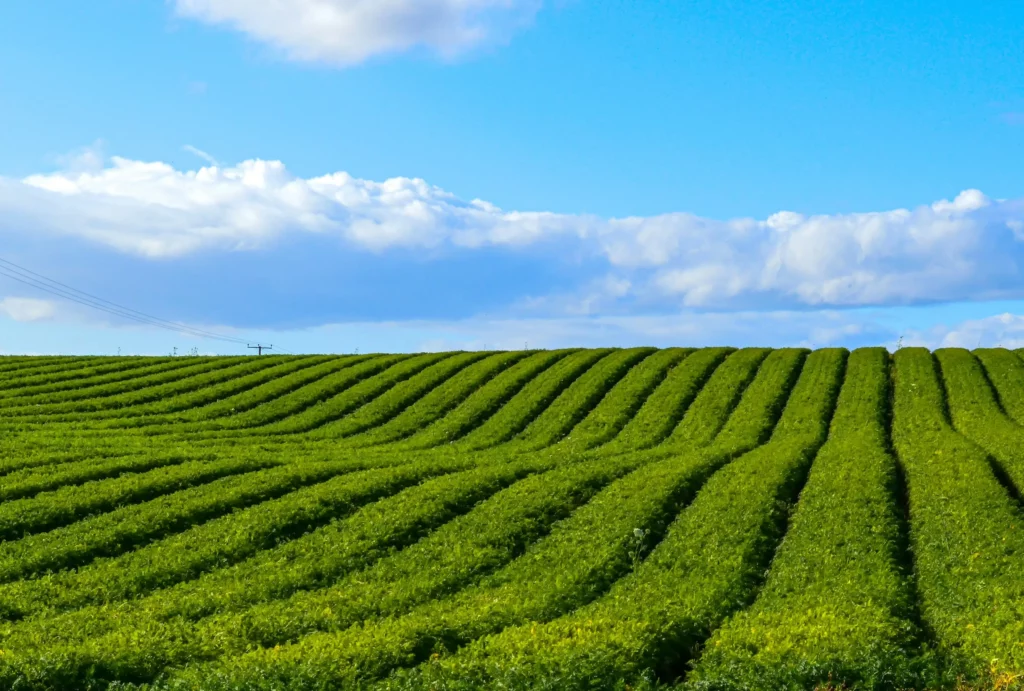
As we look back on the agriculture industry trends of 2024, it’s clear that this year has redefined how we approach farming. The integration of advanced technologies like precision agriculture, the embrace of practices like regenerative agriculture have all contributed to a more sustainable, efficient, and eco-friendly farming future. The adoption of agricultural robotics and IoT represents smarter, more connected farms. Meanwhile, the growing use of renewable energy sources and agricultural biotechnology underscores a commitment to sustainable farming practices. Each of these trends highlights a collective effort not just to feed a growing population, but to do so in a way that respects and preserves our planet.
Companies like Brandon Bioscience are at the forefront of this biostimulants revolution. With their commitment to innovative biostimulant research and development, they are paving the way for new solutions that address the core challenges of modern agriculture. With a rich legacy of 26 years in the industry, Brandon Bioscience’s global presence in over 44 countries demonstrates their unwavering commitment to pioneering innovative biostimulant products in agriculture. Unlocking the full potential of biostimulants necessitates concerted efforts in research, policymaking, and grassroots implementation. By embracing plant biostimulants products and supporting pioneering work like Brandon Bioscience, the global agricultural sector can forge a path to a more resilient and sustainable future, securing food supplies and protecting our ecosystems in the face of climate adversity.




